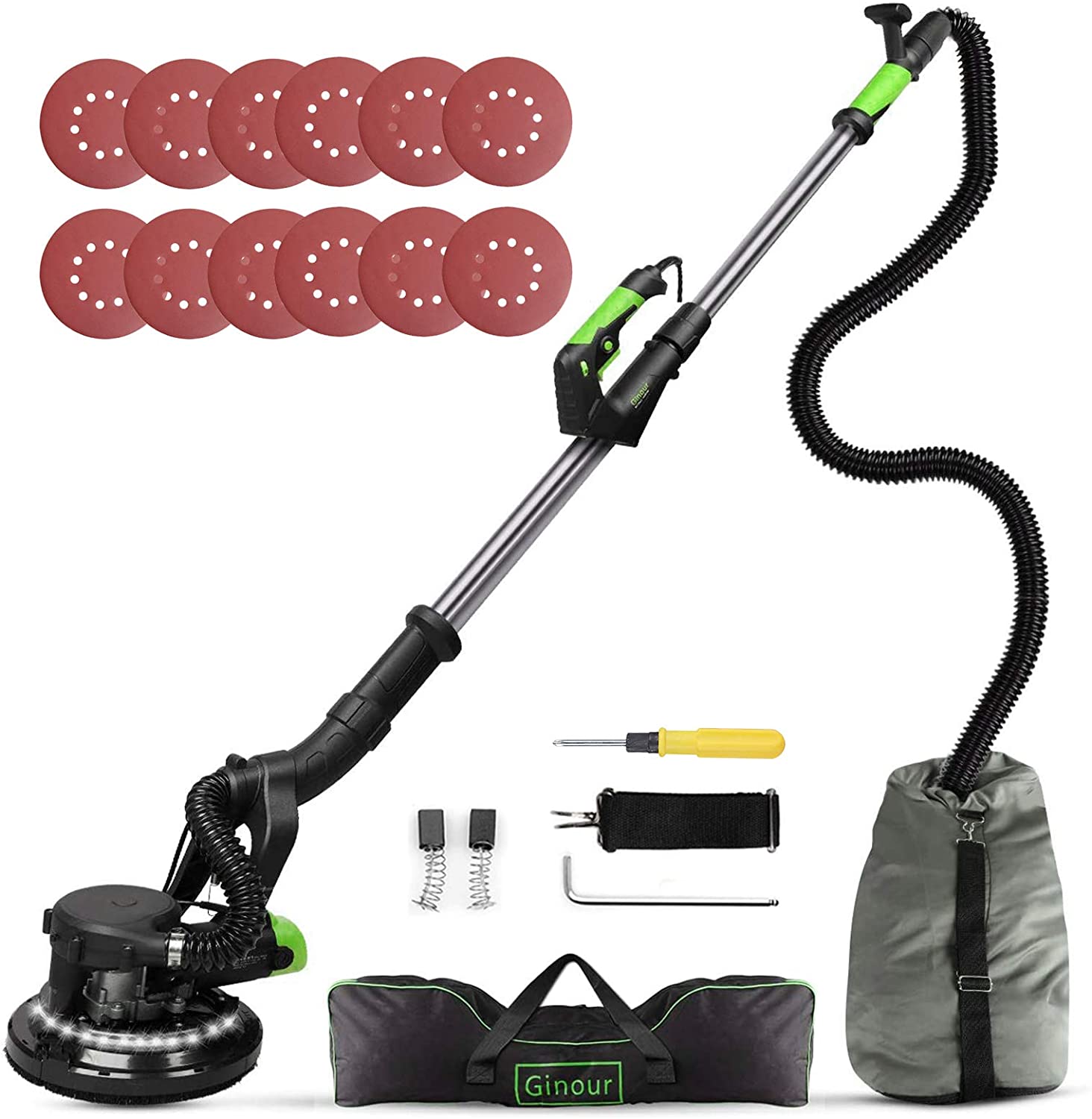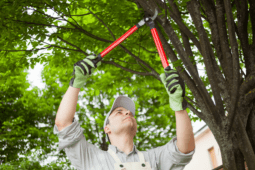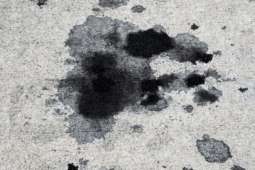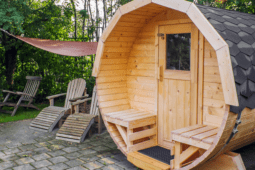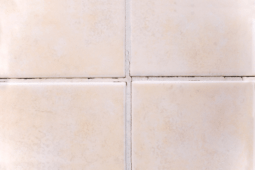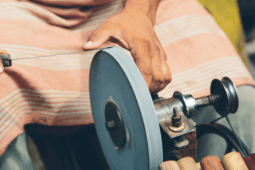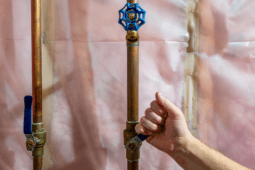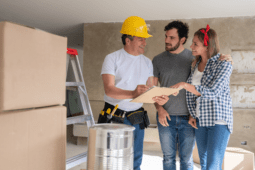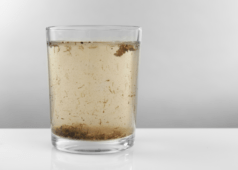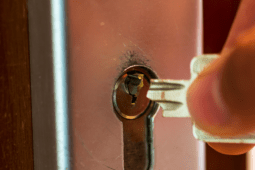Finding and Removing Chaetomium Mold
Mold in its natural state if a beneficial organism. It is a microorganism necessary for life itself, and a key component of every known ecosystem on the earth. Every ecosystem that is, except in your home. Mold in the carpet, on the floor, or with spores floating in the ductwork in your house can be deadly. The Chaetomium variety of mold is especially dangerous to homeowners.
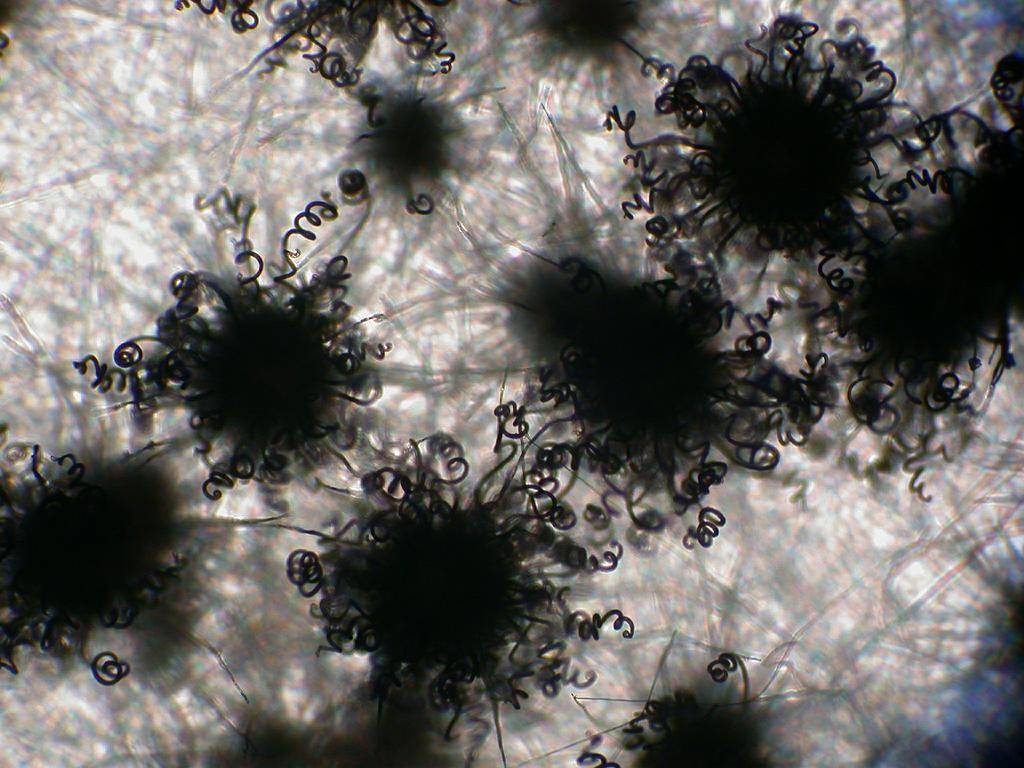
What Does It Look Like?
It starts as a white fuzzy growth on walls or carpet, then matures to a grayish-bluish-green color. By the time it changes color, your home is in trouble.
Mold is a major source of allergic reactions in people suffering from allergies and weakened immune systems. It can be deadly in the right combination with a susceptible person.
That musty odor in your basement or crawlspace that you can sometimes smell when the furnace or air conditioner first kicks on is evidence of mold.
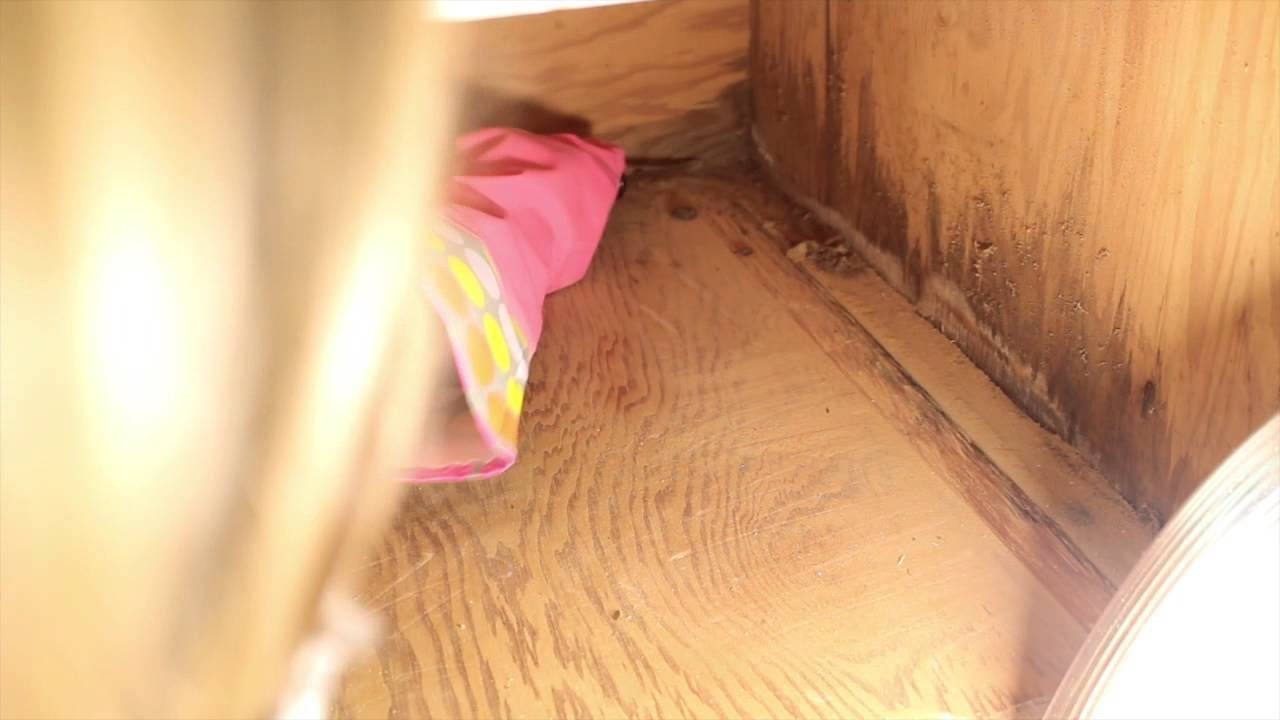
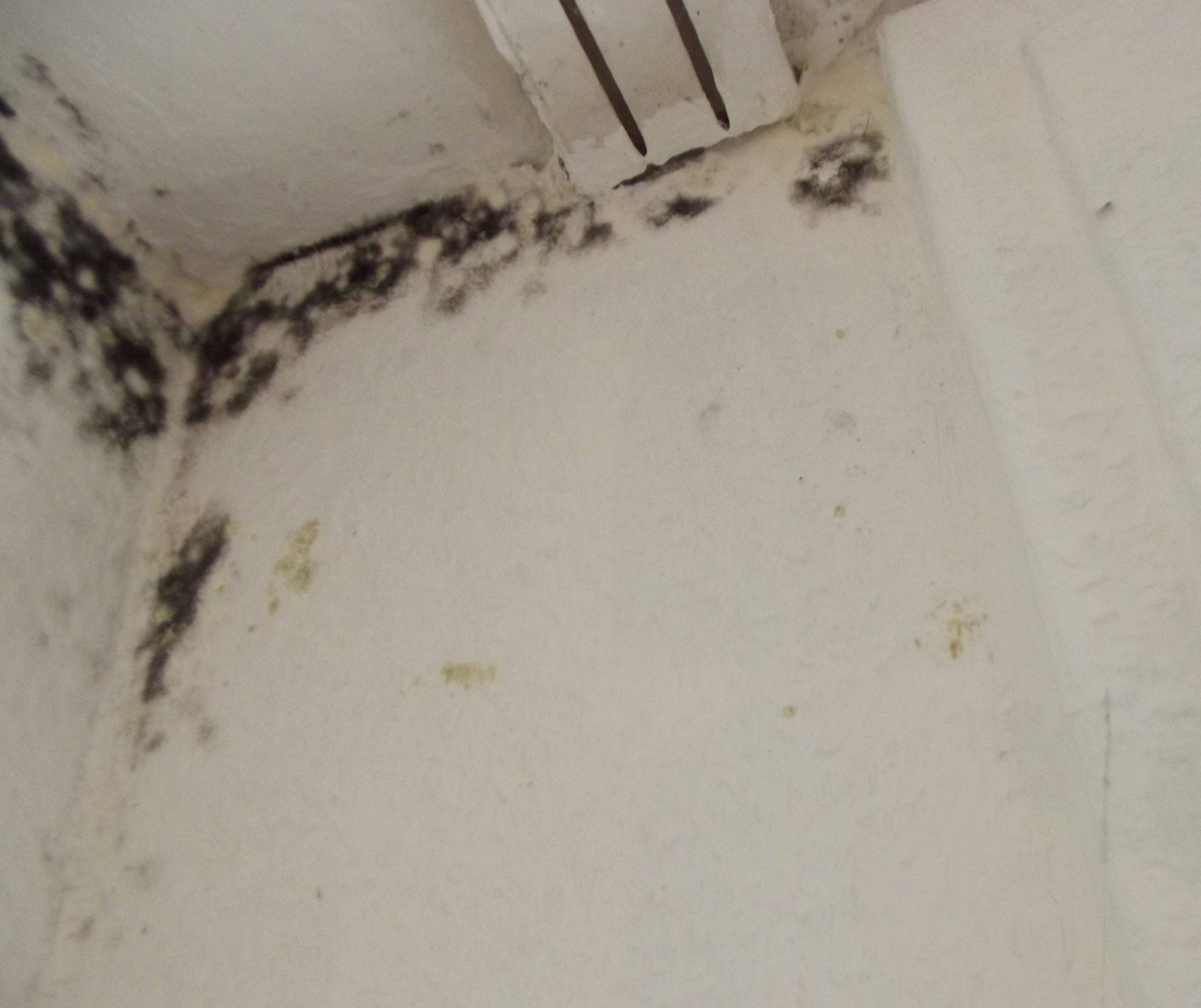
Remove The Entire Affected Area
The only thing you can do to eradicate mold is to remove the cellulose-based material it is growing on. The offending material must be removed, sanded, or replaced.
People will tell you to spray it with vinegar or a solution of water and bleach but that only kills the surface mold, it does nothing for the mold growing deep inside your sheetrock, wood, or carpet.
BEWARE: Irritating mold releases it into the air. It’s important to follow the health-approved steps or even call a professional.
Sample The Mold: The first thing you’ll need to do is order a sampling kit to determine which type of mold you’re dealing with. The kids will arrive with instructions to place one detector near a known moldy area, and one or more in other parts of your home. A “control” detector needs to be placed outside the home in an open area to set a baseline to work from.
Follow the directions and send the kit(s) back to the lab. When the results are back, you’ll understand what precautions to take. If it’s a heavy infestation you might consider a professional mold abatement team, if it’s not that large, you can do it yourself. You’ll need a canister-style respirator with a mold filtering canister attached. Disposable coverall, eye protection, and latex or rubber gloves are mandatory.
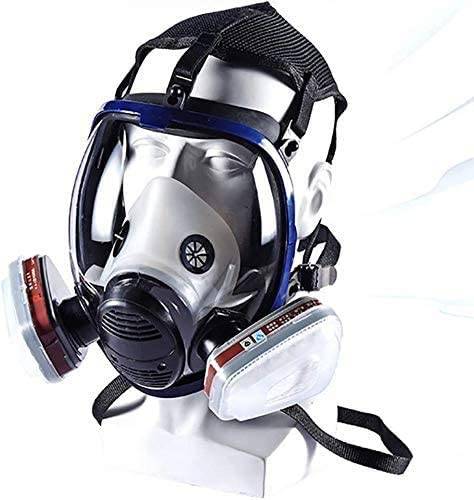
Drywall Removal: With drywall, aka sheetrock, you need to remove the sheetrock from the wall to a height of at least two feet off the floor. Most mold damage comes from water, and water can wick up a wall a few inches. The two-feet or 24” guideline removes all mold that can move up a wall. Place the old drywall in heavy gauge plastic bags for storage at a sanctioned bio-waste landfill.
Carpet Mold Removal: If the mold is in carpet, rug, or beneath a vinyl floor, rip it all up and dispose of it. Sorry, but it’s the way to ensure no mold remains!
Wall Studs: When studs are exposed in a wall you need to examine them closely for mold. If they are dark, slimy, or show mold colonies, you’ll have to sand the stud until the materials are gone.
Other Safety Features To Keep In Mind
- Sanding releases mold into the air, so you’ll have to utilize a sander with a vacuum hose attached to draw in all the sanding mold-bearing material as it is removed. Place the contents of your vacuum in sealable plastic bags once you’re finished.
- When your removal operation is complete, allow the area to completely dry. You might need to place fans or heaters near the exposed areas that once held mold to fully bring them back to their pristine state.
- When you’re finished, dispose of EVERYTHING. The gloves, canisters, and coveralls. Carefully clean your respirator, safety glass, and shoes with a mix of bleach and water, then place them in direct sunlight to dry.
- Transfer all the removed material to a landfill, then wait until the job site is completely dry before running another mold test. If the test is within safety limits, you can now replace the carpet and walls.
- Make sure you’ve picked up every bit of mold-infested material, no matter how small, before you declare the job complete.
